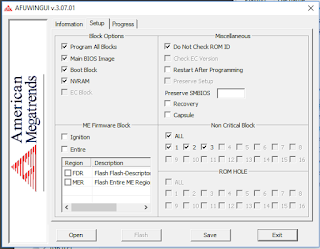Since Google Cloud print is no longer supported after Dec 31 2020. I needed something else to be able to print from my android phone to my HP Envy 4500 Printer.
After installing HP Print service plugin from Google Play Store on My Mobile I added the printer by going to the 3 dots on the right side of your screen, selected Settings and went to Discovery.
I added a name for my printer and it's IP address.
I set the HP Print Service to ON and disabled the Default Print Service on my mobile
(Settings -> Connected Devices -> Printing)
So far so good. Now when I tried to print something from my Nexus it showed the Envy 4500 but it didn't present the Print button and it displayed the message: Printer isn't available.
I looked at the HP troubleshooting page but none of the options fixed the issue for me.
Solution:
I went into my Printer Webpage (http://<IP address of your printer> and enabled IPP Protocol under Network: (Press Apply to confirm)
Note: Web Services is not required and still disabled
Now Printing works from your android device and you can choose several options like :
- Number of Copies
- Paper size
- Color or Black and White
- Orientation
- Two sided
- Number of pages to be printed






